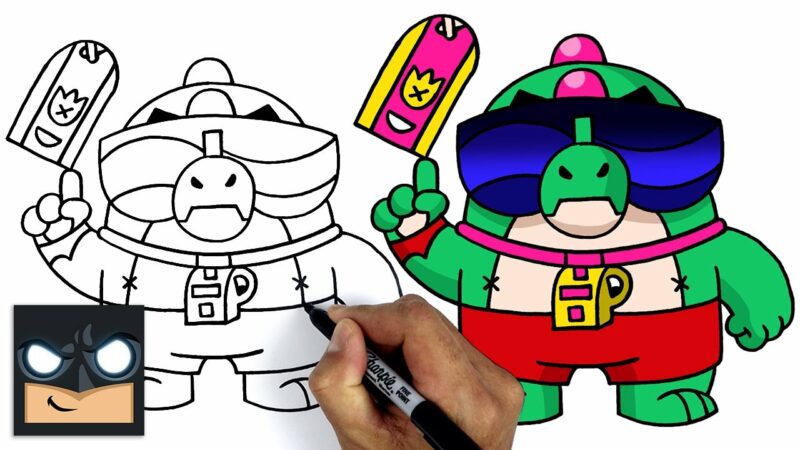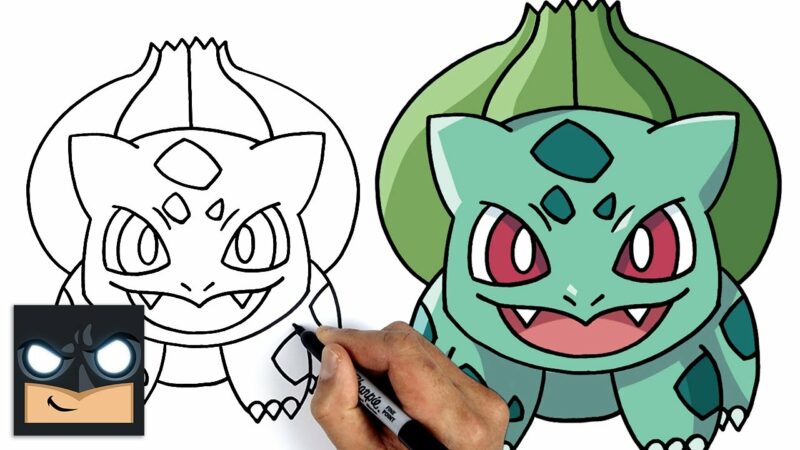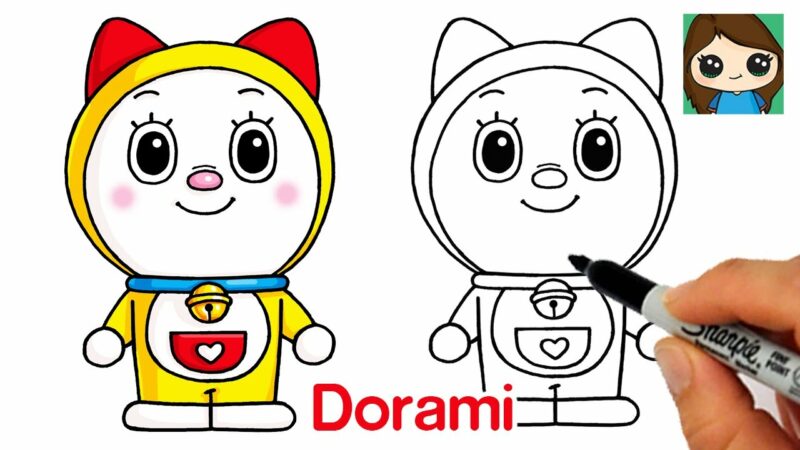Animation Mentor's ultimate guide to animation for beginners
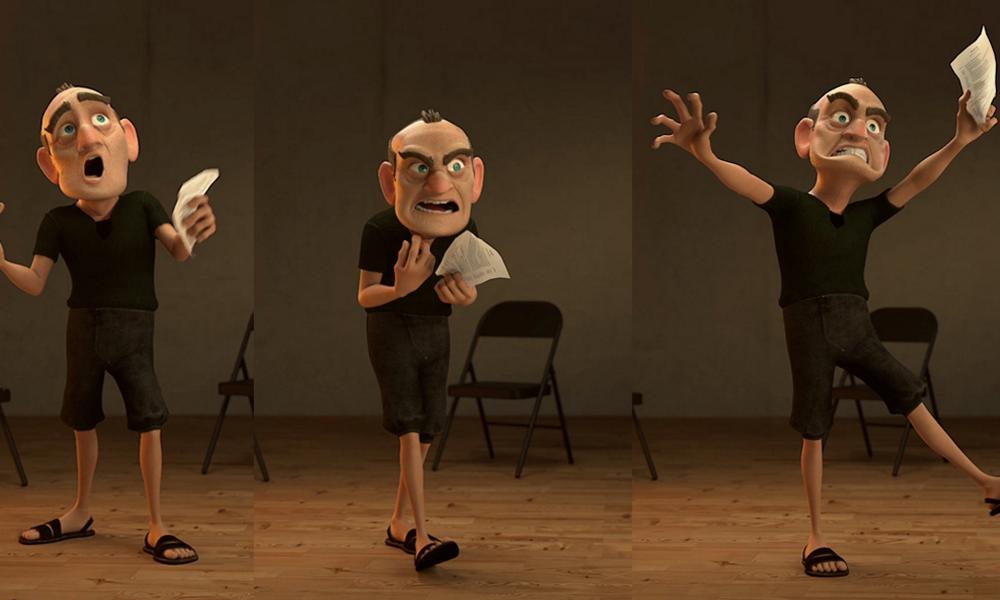
Are you considering a career in the animation industry? This guide of Animation Mentor will show you what professional animators do and share how to start your career in animation. It will describe the skills and education you need, as well as the key steps to getting a job as a professional animator.
Animation Studios and The Animation Pipeline
Animation is a broad discipline with many facets and specialties. Before we get in, let's take a look at some behind-the-scenes steps that the studios follow to make your favorite animated films.
First, imagine that an animation studio is a machine made up of many moving parts. In this case the parts are departments, people and projects and together they build visual stories. You can divide the assembly line of this machine, let's call it Film Production Pipeline, into three large groups:
- Pre-production it's the first stage of the film and involves things like script writing, storyboarding, visual development, and more. This is where many of the building blocks of the story are created.
- Production it's the middle stage and includes pieces like character modeling, rigging, and animation. This is where most of the building takes place, using those starting blocks to shape the story.
- Post production it's the final stage, including composition, visual effects, and color correction. This last step is about the details, polishing the story and preparing it for the audience.
The studio is a collaborative environment, so while people and departments have their own specific areas, a decision in one area can affect all of the following teams in the future.
In this article, we mainly focus on the animation part of the film production pipeline, but we encourage you to learn about the other elements as well.
What the animators do
Animators are artists, but instead of tools like brushes they use the characters we see on the screen to tell a visual story. It is the animator's job to take the script and the director's vision and bring the characters to life. If they do it right, audiences may forget that they are looking at what is essentially a digital puppet and not a living, breathing person.
The entertainers can be acrobats, comedians and actors, sometimes all in the same scene! Their job is to create dynamic and interesting character performances for movies, TV shows, games and commercials.
Animators generally fall into two main categories: 2D animators use traditional hand-drawn techniques or modern digital tools to tell stories. They use the fundamentals of timing, spacing, and charm to bring characters to life on the screen. 3D animators use 3D software to accomplish many of the same things 2D animators do. In addition to the basics of animation, 3D animators use the benefits of modern software to push their art form to new heights. These artists are responsible for animating everything from spaceships, to dragons, to main characters.
At their core, 2D and 3D animators use the same principles, but different tools. Let's take a look at the 3D animators a little closer ...
3D character animators bring characters to life on the screen. There are many different careers they can focus on, but here are the most sought after roles:
- Feature film animators work on movies and TV shows to create attractive and fun shows. These animators are responsible for memorable character performances in films such as Frozen, Spider-Man: Into the Spider-Verse e How to train your dragon.
- Game entertainers typically focuses on body mechanics and physical performance, with an emphasis on weight and impact. They create dynamic animation that makes both the gameplay and the narrative engaging.
- VFX animators uses various levels of exaggeration and subtlety to animate digital characters alongside their live-action counterparts. They often give birth to superheroes, giant robots and fantastic creatures.
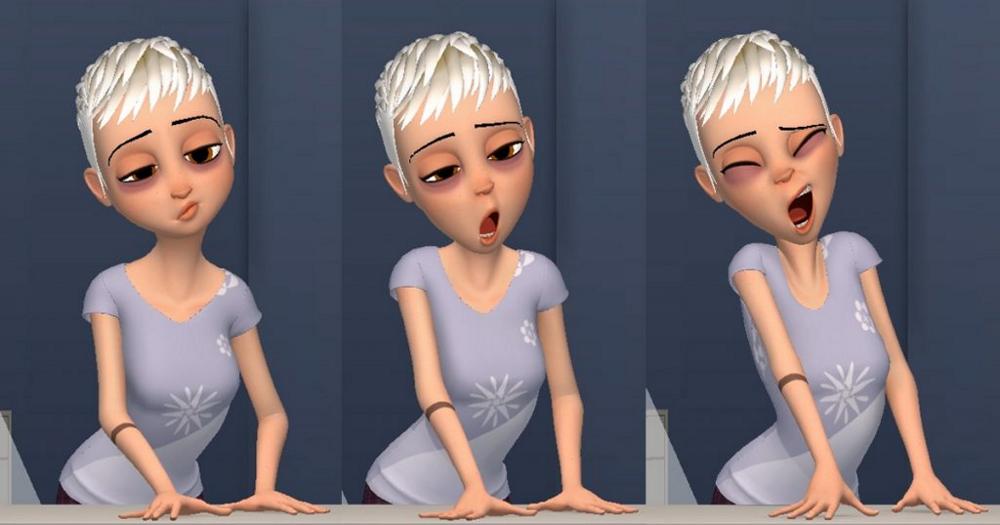


Character comp by Silvia Panicali
Different types of work in the animation industry
Earlier in this article we outlined the film production pipeline and the three stages of production: pre-production, production and post-production. We're big fans of animation, but the animators will be the first to tell you that their art is collaborative and that it takes a lot of talented people working together to bring movies, video games and other projects to life. Below is a short list of some specific job titles you might encounter even in a typical production environment in the animation world.
Pre-production job titles:
- Artistic director
- Background artist
- character designer
- Concept artist
- Effects Designer
- Environment designer
- Forecast Artist
- Story Artist
- Visual development artist
Production job titles:
- 3D modeler
- Animator
- CG artist
- CG Supervisor
- Character animator
- Fabric simulation artist
- Artist of the groom
- Layout artist
- Layout Technical Director (TD)
- Lighting artist
- Light supervisor
- Matt painter
- Modeling Supervisor
- TD modeling
- Rigging artist
- Rigging Supervisor
- Rigging TD
- TD shading
- Shading / texture supervisor
- Texture artist
Post-production job titles:
- 3D rendering
- Composer
- Motion Editor
- Graphic artist
- Roto Artist
- Sound Effects Artist
- VFX artist
- Visual Effects Supervisor
The best way to get information on specific skills and requirements for various types of animation jobs is to keep an eye on job listings. Most set out the requirements in great detail along with any specialized training or experience that may be required. You can find job postings in a variety of places, including Animation Magazine's Job Board, Animation Guild, individual studio websites, LinkedIn, and various other job seeker sites.



Ximo Ferrer chase sequence
Is 3D animation a good career choice? We think so, but it's important to make sure it's right for you! Check out this page for more information on salaries and industry growth. We also took a closer look at the animation work that some of our students and tutors are doing, including why they love their work.
Do you need a degree to get an animation job? No! The good news is that you don't need a college or university degree to get a job as a professional animator. Feature films and video game studios don't really care about degrees, but about your skills.
Do you have good body mechanics? Can you act out a variety of emotions and scenes? Show off your skills by putting together a demo reel to showcase future employers. A demo reel is a series of short clips, usually 15-30 seconds long, that showcase your best animated work ever. For more specific information on what recruiters are looking for in a demo reel, see tips from Animation Mentor co-founder Shawn Kelly, along with many other blog articles and videos on the subject.
Check out Animation Mentor's Student Showcase, which is essentially a school demo reel. The Showcase highlights the best work of our students, many of whom started our program with zero animation experience.
What's next? Learn to animate.
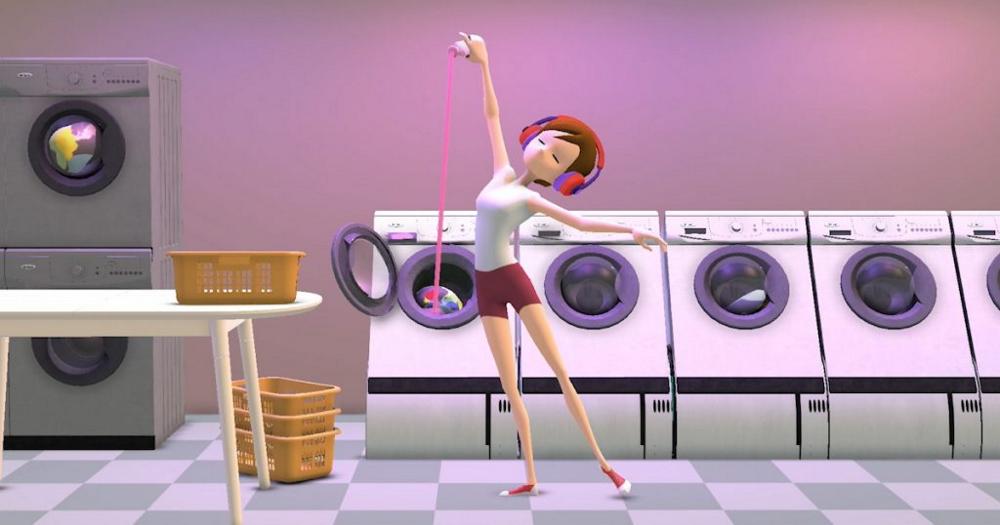


Madison Erwin's “Laundry” scene
Animation Mentor offers a six-course animation training series for people who are new to animation and want to learn how to become a professional animator. The courses are based on the 12 principles of animation so that as you progress through the program you create more complex and dynamic tasks.
All of our courses are taught by industry professionals - from studios like Disney, Pixar, DreamWorks, and Blue Sky - who will provide you with feedback on your animation and guide you to success. You'll join a caring online community of like-minded colleagues who share assignments, feedback and support, and build lifelong friendships and connections. You'll also have access to professional platforms you can use for homework and your demo reel, with continuous access after graduation.
In total, the series takes 18 months to complete. After completing the six core animation courses, you can also enroll in the many seminars that teach other specialist skills.
Animation is an art that requires passion, patience and practice. You can't fake passion, either you have it or you don't, but the rest is just hard work. The real secret of an animator's success is this: the more time you spend on animation, the better you will become.
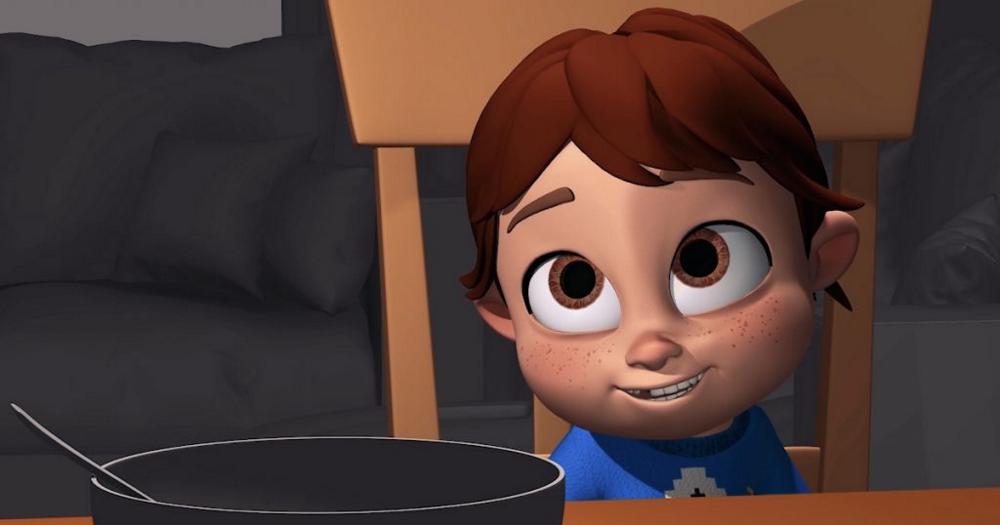


"Quinn" by Ryan Pfeifernroth
How to animate for beginners
Unlike traditional 2D animators, 3D animators use computers and technically don't need to know how to draw to do their job. Learning basic drawing skills, however, can help you sketch and plan your ideas before bringing them to the computer, saving you time in the long run. Since animators need to make their characters move, act and react, it helps to understand the basics of anatomy and human movement. There are loads of great books we recommend, which include exercises and lessons to help you start learning right away.
Free 3D Animation Video Tutorial For Beginners: If you want to learn 3D animation for beginners, check out our series of free video tutorials led by one of our co-founders, Bobby Beck. Not only did he help create a school to train future generations of animators, but he was also one of the main animators Monsters Inc. e Finding Nemo! Bobby will walk you through a free Maya rig download and show you how to access a student version of Autodesk Maya software so you can work through the exercises and create a simple animation.
You can also check out the animation mentors blog to find tons of free articles written by our mentors and alumni - they're full of animation tips and tricks!
Animation software for beginners: Animators use many different tools to animate, and while we can't list them all here, we'd like to outline the most popular ones for you (they're used by animation studios around the world).
3D animation software tools
- Autodesk Maya - If there is a gold standard for 3D animation software it is Maya. This is the ideal tool for animators and professional studios and it is vital that new animators learn how to use it. While licensing can be expensive, Autodesk offers a free educational version.
- Blender - Blender is gaining popularity as a high quality 3D animation tool and is still free. This software has grown over the past few years to include better usability and cool features. If Maya's price tag is too high for you, this is your next choice.
- Houdini - Houdini is famous for giving artists the ability to create amazing visual effects. Like Maya, it is a bit more difficult to learn, but a free version is available for students.
- Cinema 4D - Marketed as one of the simplest tools for 3D modeling and visual effects, Houdini is suitable for anyone interested in enhancing live-action movies with realistic effects.
- Autodesk Max 3ds - 3ds Max is another Autodesk software that covers several steps of the animation pipeline. He is best known for animation and game modeling.
2D animation software tools
- Toon Boom Harmony - Harmony by Toon Boom is an animation tool that can be used by professionals and new animators. We recommend it for our beginner 2D animation workshop.
- Adobe animate cc - Adobe has created this software so that it is easy for beginners to understand, but also complex enough for professionals to appreciate.
- Adobe Character Animator - The main goal of this software is to make facial animation as simple as possible. It does this by connecting to your webcam and animating a 2D character based on your facial expressions. While this is a great tool for beginners, we still recommend learning facial animation on your own.
- Adobe After Effects - This software is used in industry for character animation and rigging.
Best animation hardware
- Drawing tablet - A graphics tablet is a tool used to create digital sketches. This is necessary if you want to become a concept artist or just want to design a scene for a storyboard. Wacom makes some of the best known products in this industry.
- A good computer - Animating scenes with complex rigs, atmospheric lighting, and multiple moving objects requires a lot of processing power. You will need fast memory and a good graphics card. If you're not sure what to buy, high-end or mid-range gaming PCs should have what you need. This website has several good articles on the best computers for animation.
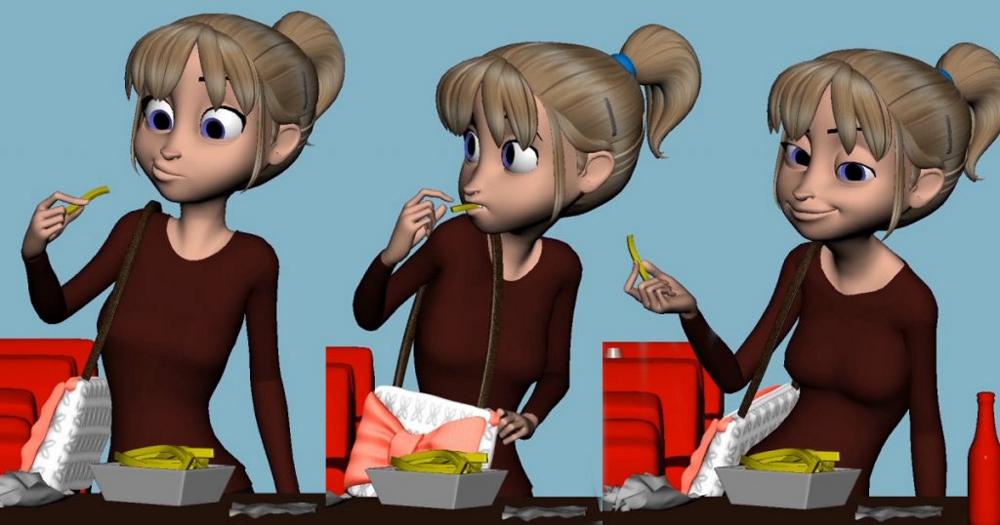


Comp "Fries" by Cherise Higashi
Resources for animation
A great place to start is the Resources section of AnimationMentor.com, with links to free e-books, tips and tricks, and webinars for those exploring a future career in animation.
Some other great sites include:
- 11 Second Club
- 3dtotal
- Animation magazine
- Worldwide animation network
- Blender Nation
- Cartoon brew
- CGSociety
Animation books for beginners and experts alike
Learn from the legends of animation with these books by famous animators along with books from our mentors and school founders.
Career resources in animation
- Volume I and Volume II animation tips and tricks by Shawn Kelly and animation mentors Carlos Baena, Keith Sintay, Aaron Gilman and Wayne Gilbert
- Cracking Animation: The Aardman Book of 3D Animation by Peter Lord and Brian Sibley
- How to get a job in computer animation by Ed Harriss
General animation
- Animation: from script to screen by Shamus Culhane
- Cartoon Animation (The Collector's Series) by Preston Blair
- Drawn to Life: 20 Golden Years of Disney Master Classes, Volumes I and II: The Walt Stanchfield Lectures by Walt Stanchfield
- The illusion of life by Frank Thomas and Ollie Johnston
Anatomy and drawing
- Human Anatomy Atlas of the Artist by Stephen Rogers Peck
- Manwatching: A Field Guide to Human Behavior by Desmond Morris
- Simplified drawing for animation planning by Wayne Gilbert
Reference
- Animals in motion by Eadweard Muybridge
- Facial Expressions: A Visual Reference for Artists by Mark Simon
- Test by Alex Kayser
- The human figure in motion by Eadweard Muybridge
Performance and acting
- Acting for Animators: A Complete Guide to Performance Animation by Ed Hooks
- A practical manual for the actor by Melissa Bruder, Lee Michael Cohn, Madeleine Olnek, Robert Previtio, Nathanial Pollack, Scott Zigler and David Mamet
Set up, lighting, rendering and composition
- Digital lighting and rendering by Jeremy Birn
- Texturing and digital painting by Owen Demers
- Lighting the film: talks with Hollywood filmmakers and gaffers by Kris Malkiewicz
- The Art and Science of Digital Compositing, Second Edition by Ron Brinkmann
Animation Mentor Blog: At animationmentor.com/blog, you will find a wealth of information on the animation industry, working in animation studios and working on games and films written by professional animators. You will also find in-depth articles on the importance of demo rolls; and webinars on how to animate specific challenges such as animating lifelike creatures or animating combat scenes; or our series on how to animate the six basic emotions like anger, fear, happiness, sadness, surprise and disgust - and so much more.

